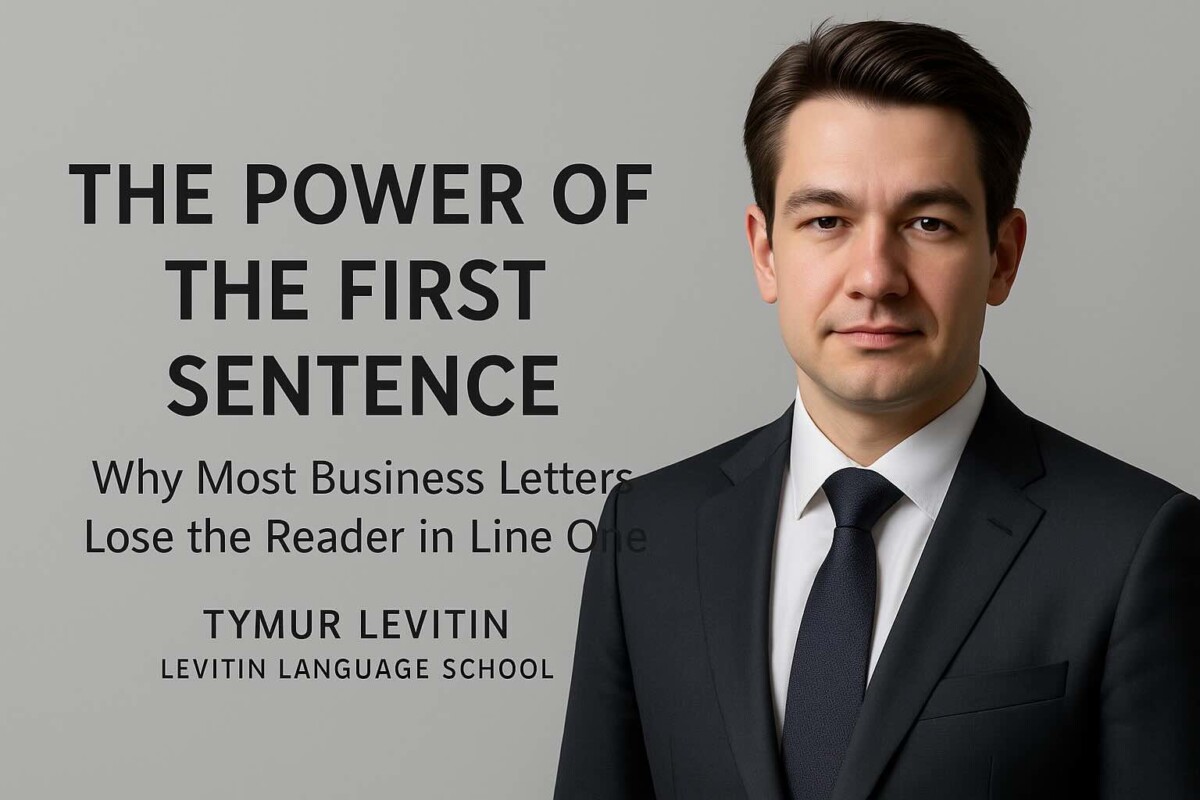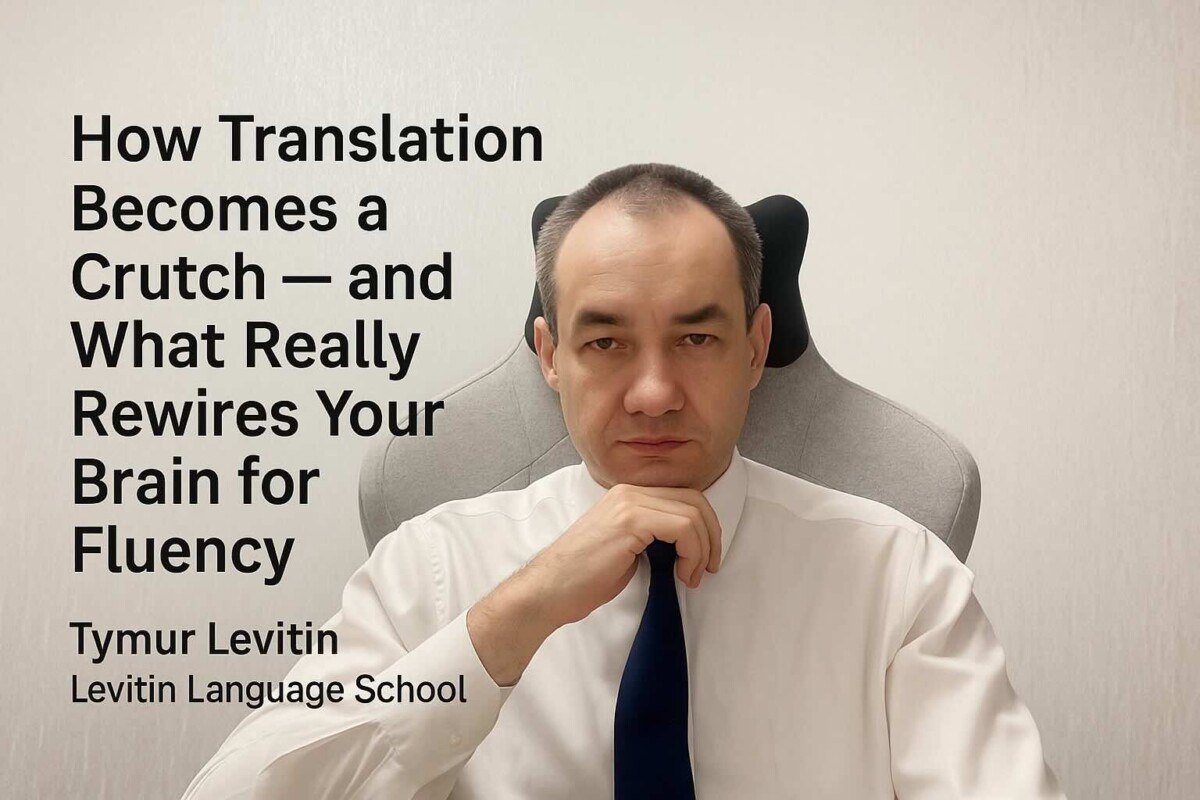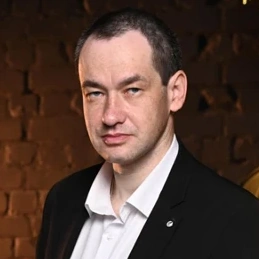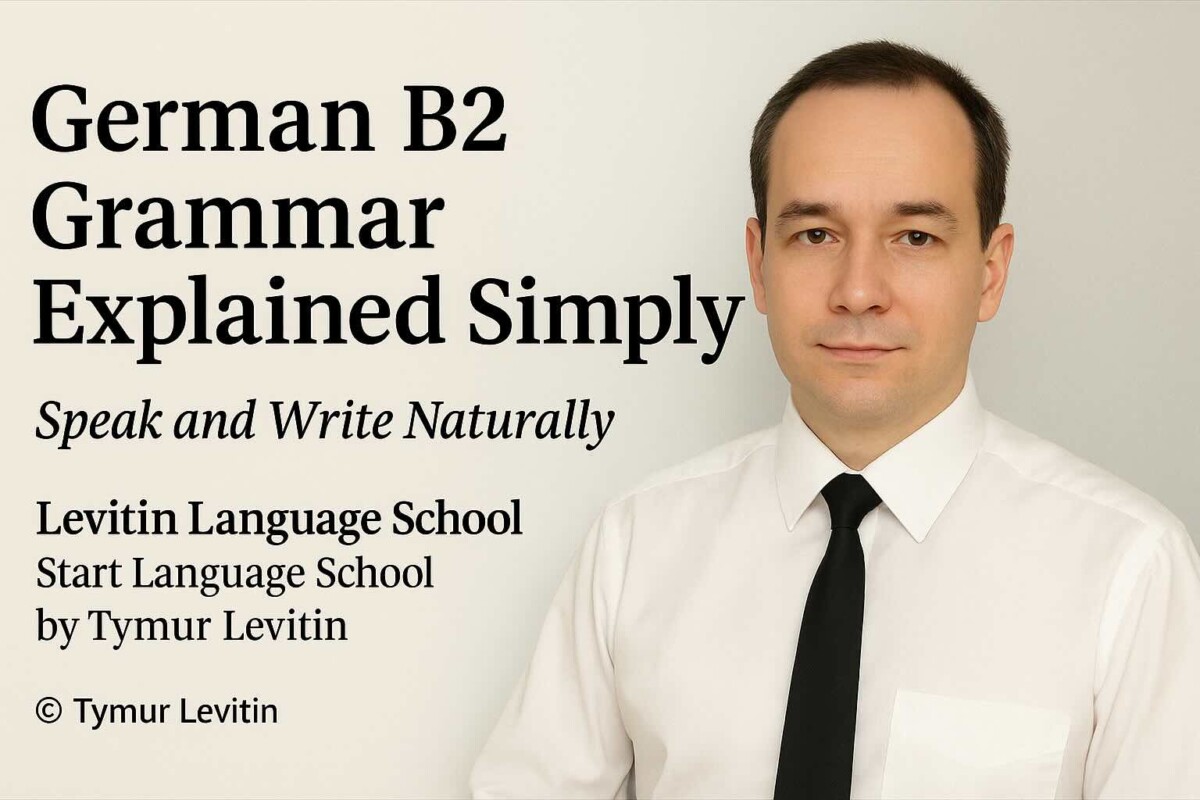Author’s Column by Tymur Levitin
Founder and Director of Levitin Language School | Start Language School by Tymur Levitin
Global Learning. Personal Approach.
🌍 Choose your language
🔗 https://levitinlanguageschool.com/#languages
Explore our language pages:
📘 Learn English Online
🇩🇪 Learn German Online
🇪🇸 Learn Spanish Online
🇺🇦 Learn Ukrainian Online
Read this article in other languages:
🇺🇦 Ukrainian version
🇷🇺 Russian version
🇩🇪 German version
🇪🇸 Spanish version
Author page: Tymur Levitin — Levitin Language School
When translation becomes the bottleneck of fluency
When somebody hears “think in the language” and scoffs, they’re reacting to a slogan — not to a mechanism. That’s fair. Slogans are easy to mock. Real ideas deserve precision.
The problem is not motivation. The problem is procedural: how the mind maps thought onto speech. If you treat fluency as a willpower issue, you’ll waste time and energy. Fluency is a cognitive engineering problem. Fix the mechanism — and the result follows.
Why translation slows you down
We don’t literally “think in words.” Thought happens as networks of concepts, images, and emotions — a pre-linguistic code often called mentalese.
In your native language, the link concept → word → sound is automatic.
For a learner, translation interferes with this chain. It adds delay and fragility. In live conversation — where speakers produce 2–3 words per second — that delay becomes a bottleneck. The result: hesitation, searching, and stilted speech.
So the task is not to suppress translation by force — but to make it unnecessary.
From declarative to procedural memory
Lists, flashcards, and grammar drills train declarative memory — knowledge about facts.
Fluency depends on procedural memory — fast, automatic routines your brain executes without conscious control.
Recall ≠ reaction.
A grammar exercise lets you apply a rule when you have time.
But conversation doesn’t give you that luxury. You need instant activation — concept triggers expression directly.
Passive exposure helps a bit.
Active, multimodal practice works exponentially faster.
The triad that rewires your brain: Read + Listen + Speak
The method is simple but demanding: synchronize reading, listening, and speaking — repeatedly, with material that matters to you.
When you read aloud while listening, and then reproduce from memory, you activate semantic, auditory, and motor circuits together.
These circuits start firing as one.
The concept and the foreign form become directly connected.
Translation fades out naturally.
A 20–30 minute daily protocol
Materials: short texts (50–120 words) with clear audio and transcript.
- Warm sync (5 min): Read aloud while listening. Don’t chase perfection — match rhythm and tone.
- Shadowing + production (10 min): Speak along, then recall from memory. If stuck — paraphrase.
- Free reconstruction (5–10 min): Retell the text in your own words, without transcript.
Short, intense daily practice rewires speech far faster than passive study.
Micro-drills to accelerate the shift
- Quick naming (30 sec): Look at an image, name it instantly.
- Paraphrase sprint (60 sec): Restate two sentences differently.
- Speed bursts (2 min): Respond to prompts as fast as you can. Prioritize speed over perfection.
These drills train flexibility: you keep the idea, let the language follow.
What this method is — and isn’t
- It’s not a ban on translation. Translation becomes a backup, not the engine.
- It’s not anti-grammar. Grammar is a tool — it must be automated, not memorized.
- It’s not instant magic. It’s consistent training — and it works.
For teachers and learners
Teachers: Add 10–15 minutes of the triad to every class.
Students: Choose content slightly above your level.
Record yourself retelling the text on Day 1 and Day 7 — measure hesitation and speed.
From slogan to mechanism
“Think in the language” is not a cliché when it’s grounded in a process.
Once you understand that fluency is the formation of concept → form links through synchronized practice, it becomes engineering — not mysticism.
Do it for two weeks. Measure your speed.
You’ll feel the difference.
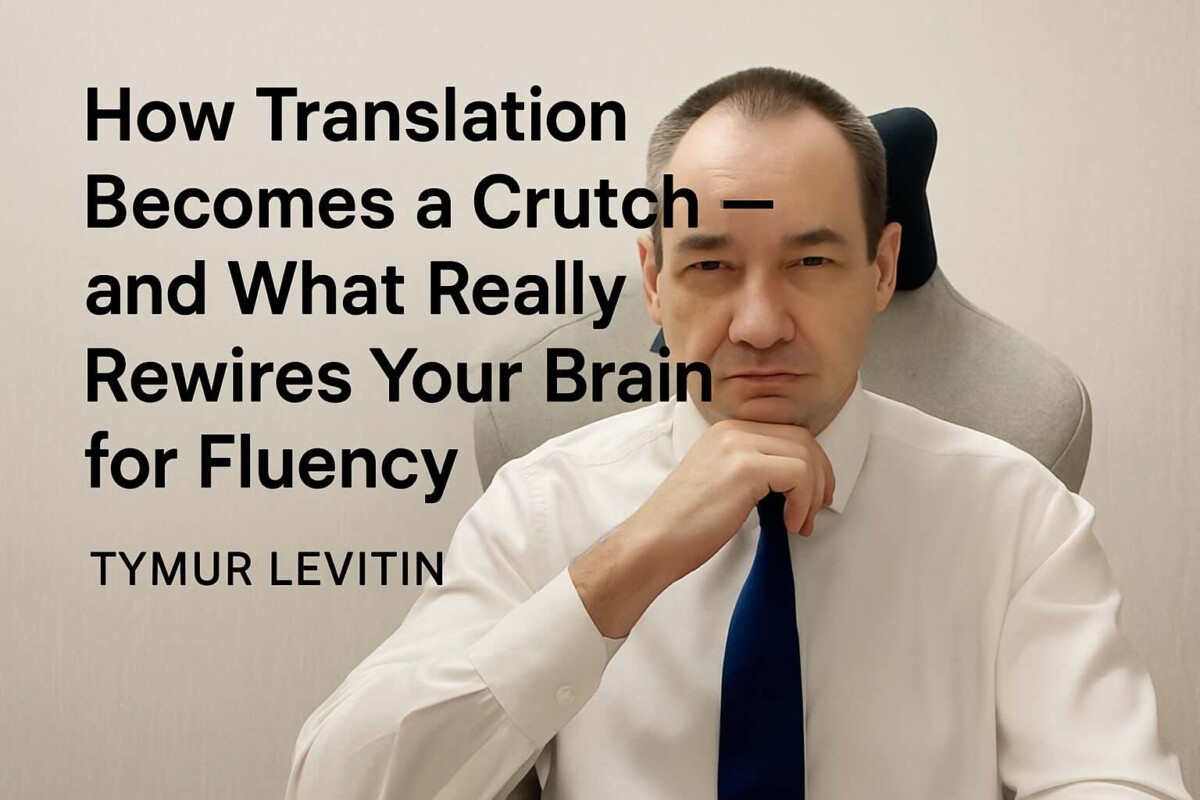
Author: Tymur Levitin
Founder, Director & Head Teacher — Levitin Language School
Start Language School by Tymur Levitin
🔗 LinkedIn Article
© Tymur Levitin | Levitin Language School | All rights reserved


















